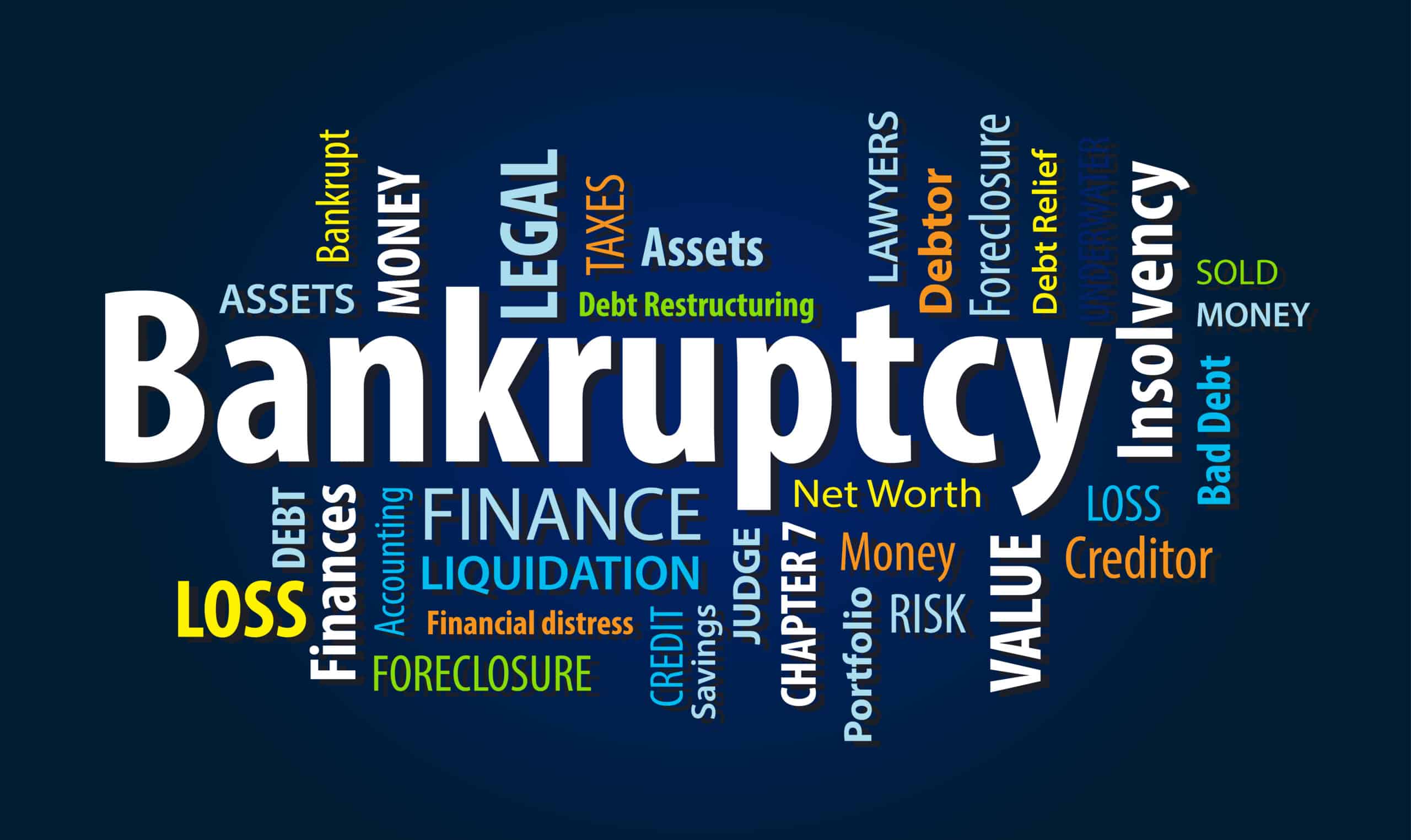
Filing for bankruptcy can feel like hitting rock bottom, but it’s not the end of your financial story. While bankruptcy will appear on your credit report for up to 10 years, the good news is that you can take steps to rebuild your credit sooner than you think. With patience, strategy, and discipline, you can come out of bankruptcy stronger and more financially secure. Let’s dive into how you can repair your credit and reclaim your financial future.
Step 1: Check Your Credit Report for Errors
After bankruptcy, it’s crucial to review your credit report to ensure all discharged debts are marked as such. Incorrect reporting can drag down your score, so dispute any errors with the credit bureaus. You’re entitled to one free credit report per year from each bureau through AnnualCreditReport.com.
How to Fix Errors:
- File disputes directly with credit bureaus (Experian, TransUnion, and Equifax).
- Provide copies of your bankruptcy discharge paperwork if necessary.
- Follow up to make sure the changes are made.
Step 2: Build Positive Payment History
One of the fastest ways to rebuild credit is by making on-time payments going forward. Whether it’s rent, utilities, or small loans, every timely payment counts. Consistent payments over time signal to lenders that you’re financially responsible.
Pro Tip:
Consider setting up automatic payments to avoid missed due dates.
Step 3: Apply for a Secured Credit Card
Secured credit cards are a great way to rebuild your credit. With a secured card, you make a cash deposit upfront that acts as your credit limit. Use it responsibly by keeping your credit utilization low (below 30%) and paying off the balance in full each month.
What to Look For in a Secured Card:
- Low or no annual fees
- Reports to all three major credit bureaus
- Opportunity to upgrade to an unsecured card after responsible use
Step 4: Use Credit-Building Tools
In addition to secured cards, you can leverage credit-building accounts such as:
- Credit-builder loans: These small installment loans are designed to help you establish positive credit history.
- Rent-reporting services: Some services allow you to report rent payments to credit bureaus, boosting your score over time.
Step 5: Avoid New Debt and Credit Applications
Be cautious about applying for too many credit accounts right after bankruptcy. Hard inquiries can temporarily lower your score, and opening too many new accounts can make lenders wary. Focus on rebuilding slowly and steadily.
Step 6: Monitor Your Progress Regularly
Stay on top of your progress by monitoring your credit score and report. Tools like Credit Karma or Experian Boost can provide updates on your score and show areas where you can improve.
Step 7: Consider Credit Counseling or Repair Services
If managing your credit feels overwhelming, working with a credit repair service can help. At JDP Credit Solutions, we offer personalized strategies to help you dispute negative items and rebuild your credit effectively—even after bankruptcy.
How Long Will It Take to See Improvement?
While bankruptcy stays on your report for 7-10 years, many people start seeing credit improvement within 12-24 months by following these steps. The key is consistency—every on-time payment, low credit utilization, and smart financial decision adds up over time.
Final Thoughts
Bankruptcy is not the end of the road. With the right strategy, it’s entirely possible to rebuild your credit and regain financial stability. Take it one step at a time, focus on building positive habits, and stay patient through the process.
Need help on your journey to credit recovery? JDP Credit Solutions offers tools and strategies designed to get you back on track fast.
